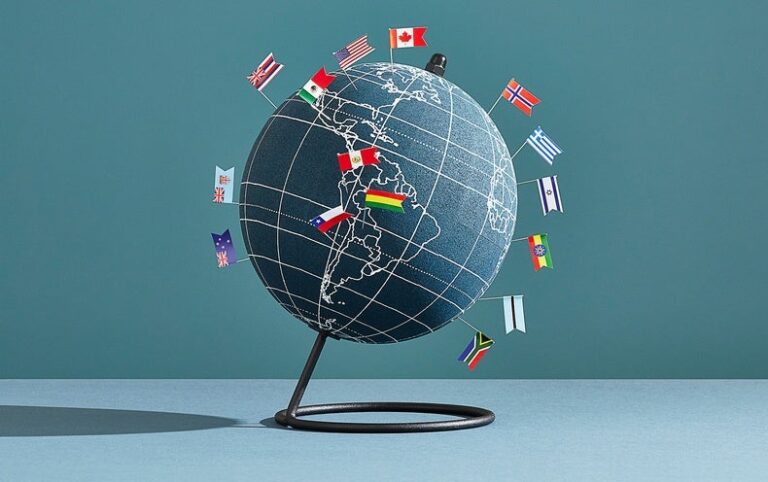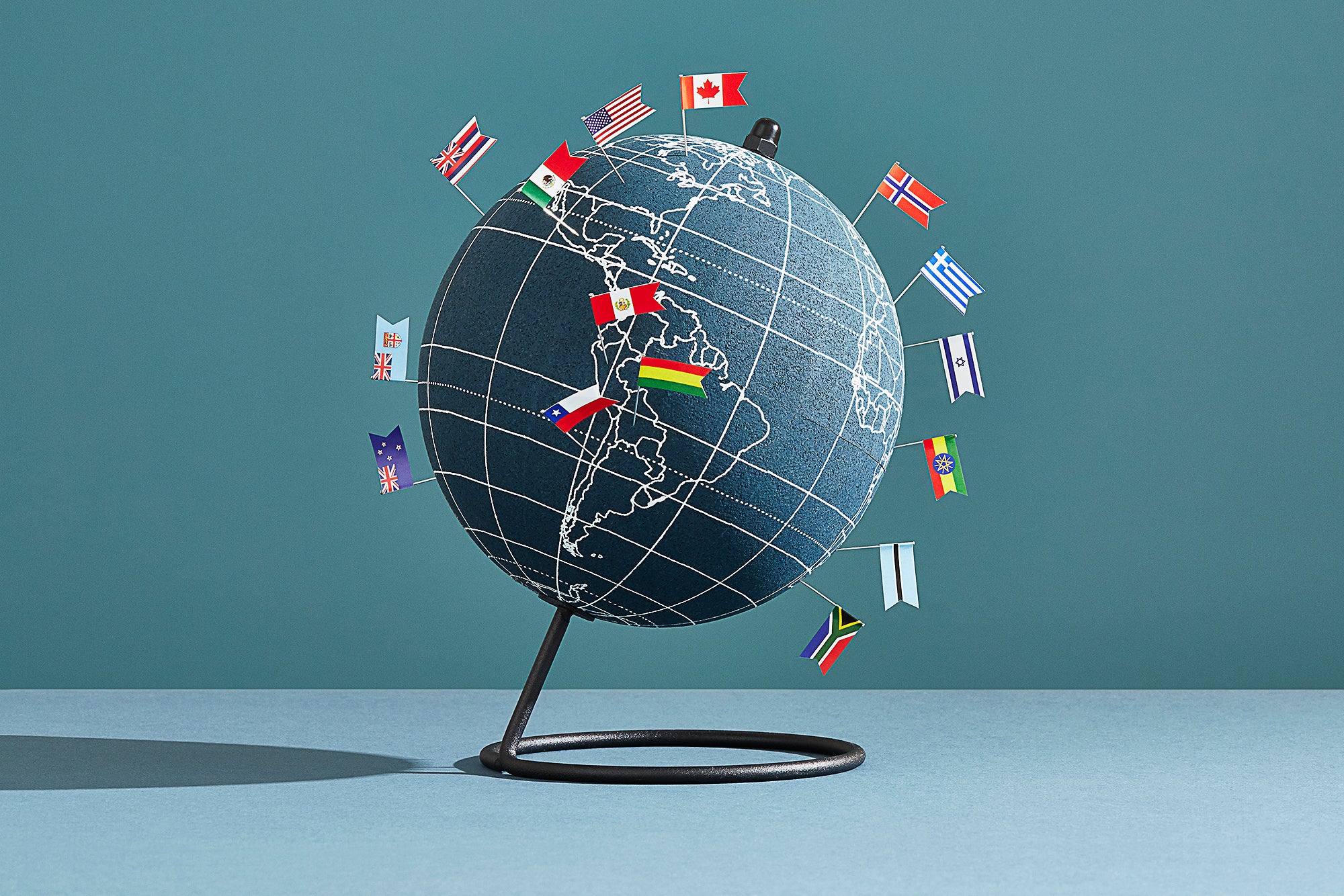
[ad_1]

“All happy families are alike; each unhappy family is unhappy in its own way,” opens Leo Tolstoy’s novel Anna Karenina. While Tolstoy’s quote is famous, it is also inaccurate. It ignores that happiness is a subjective experience. Hence, happy families and individuals come in all shapes and sizes. Even nations, we now know, can be happy in different ways.
The pursuit of happiness has become a hallmark of modern humankind. Not surprisingly, numerous international efforts have emerged on measuring and reporting happiness levels across the world. Since 2012, the World Happiness Report has been ranking countries according to their level of happiness. The latest report ranks Finland as the happiest country in the world (for the sixth year in a row), followed by Denmark and Iceland. The countries with the lowest levels of happiness are Afghanistan, Lebanon and Sierra Leone. The United States ranks 16th on the World Happiness Report. Interestingly, the Fourth King of Bhutan introduced the concept of gross national happiness (GNH) in 1972, declaring it more important than gross domestic product as a measure of national progress.
Happiness matters. Happier people more often engage in their communities and help others, making them important building blocks for flourishing societies, shaping a nation’s happiness. Hence, personal happiness emerges as a personal goal, as well as a collective effort. Thus, as the quest for individual well-being helps define contemporary society, nations worldwide have increasingly focused on promoting collective happiness.
Scientists employ the term “subjective well-being” to encompass both happiness and life satisfaction, for what is often commonly termed “happiness.” To understand these differences across nations, researchers have identified characteristics typical of countries with high levels of happiness. These studies suggest that more affluent countries (higher GDP per capita) are also happier, likely because wealth allows access to material goods and public services such as education and health care. Institutional quality—e.g., strong courts and good laws—also plays a pivotal role in shaping happier nations, namely by curbing corruption, facilitating access to justice and taking individual interests into account in the political process.
Additionally, a country’s culture also influences subjective well-being. According to the late social psychologist Geert Hofstede, national culture concerns the beliefs and principles that are shared by a group of people, guiding their behavior, decisions and interactions. It is frequently analyzed along four main dimensions: individualism, power distance, masculinity and uncertainty avoidance. In individualistic countries, people tend to prioritize their own interests over collective ones, leading to higher levels of happiness. Happier nations also tend to have lower levels of masculinity (or higher levels of femininity). Feminine societies tend to show a preference for cooperation, care, altruism and equal opportunities for both men and women, which delivers a sense of equity. Masculine societies promote competitiveness, achievement and differentiated gender roles. Happier nations also tend to more evenly distribute power, called “low power distance,” with informal social relations unconstrained by hierarchical positions, and where voters rather than a privileged few set the agenda. Finally, happier nations appear to be more tolerant of uncertainty, less anxious about risk-taking, and therefore more likely to seize life’s opportunities. Although the profile of a happy country sounds uniform as described in these terms, all happy nations are not alike. That’s because each nation has a vast diversity of cultural, economic, and social factors that shape their unique identities and experiences.
In a recent study, we used fuzzy-set qualitative comparative analysis (fsQCA), an innovative methodology in the field of happiness, to look at this diversity. The results suggest that multiple recipes can result in a country’s high happiness. For example, low power distance, high individualism, high masculinity, low uncertainty avoidance, high GDP per capita and high institutional quality are the ingredients for high happiness in countries such as Canada, the U.K. and the U.S. These countries possess a strong adherence to the principles of capitalism with a relatively low level of emphasis on a social safety net. Individuals in these societies tend to value qualities such as assertiveness (typical of high masculinity) and risk-taking as essential drivers of happiness. Although high masculinity is usually considered harmful to happiness, performance orientation seems to be an important ingredient for happiness in these countries.
An alternative recipe to happiness comprises low masculinity, and high uncertainty avoidance, with the remaining ingredients the same. This recipe applies to countries such as Finland and Norway. They have social welfare systems that offer a higher degree of economic and social security and predictability. People in these countries have a strong preference for equality (typical of feminine societies) and appreciate the benefits of predictability. Thus, in certain contexts, a high uncertainty avoidance seems to be positive for happiness, as predictability might free individuals’ psychological resources to pursue their interests. These two recipes for high happiness illustrate that what is considered essential to happiness in one nation may not apply to others.
We also found different recipes that drive countries into low happiness. Interestingly, while high happiness seems to depend strongly on wealth, unhappiness can manifest itself regardless of wealth. Indeed, national income is irrelevant for creating low subjective well-being in one group of countries (such as Montenegro, Turkey, Russia and Serbia). In relatively well-off countries, there may be significant social and economic disparities, corruption, social unrest, political instability and restrictions on political freedom. The result is lower overall levels of happiness, despite the country’s wealth.
The takeaway from this research is that governments worldwide should adopt a flexible and adaptive approach to policymaking, recognizing that there is no one-size-fits-all approach to promoting well-being. Rather than trying to mimic the recipe of a successful country, governments should design and implement policies that are tailored to the country’s unique characteristics, such as economic circumstances and cultural values. Moreover, to promote collective happiness, more than acting on single factors, policy makers must ensure that the ingredients are combined in the right way. In addition, caution should guide the creation of universal or international composite indicators for subjective well-being as there isn’t a single formula that guarantees high levels of happiness.
This is an opinion and analysis article, and the views expressed by the author or authors are not necessarily those of Scientific American.
[ad_2]